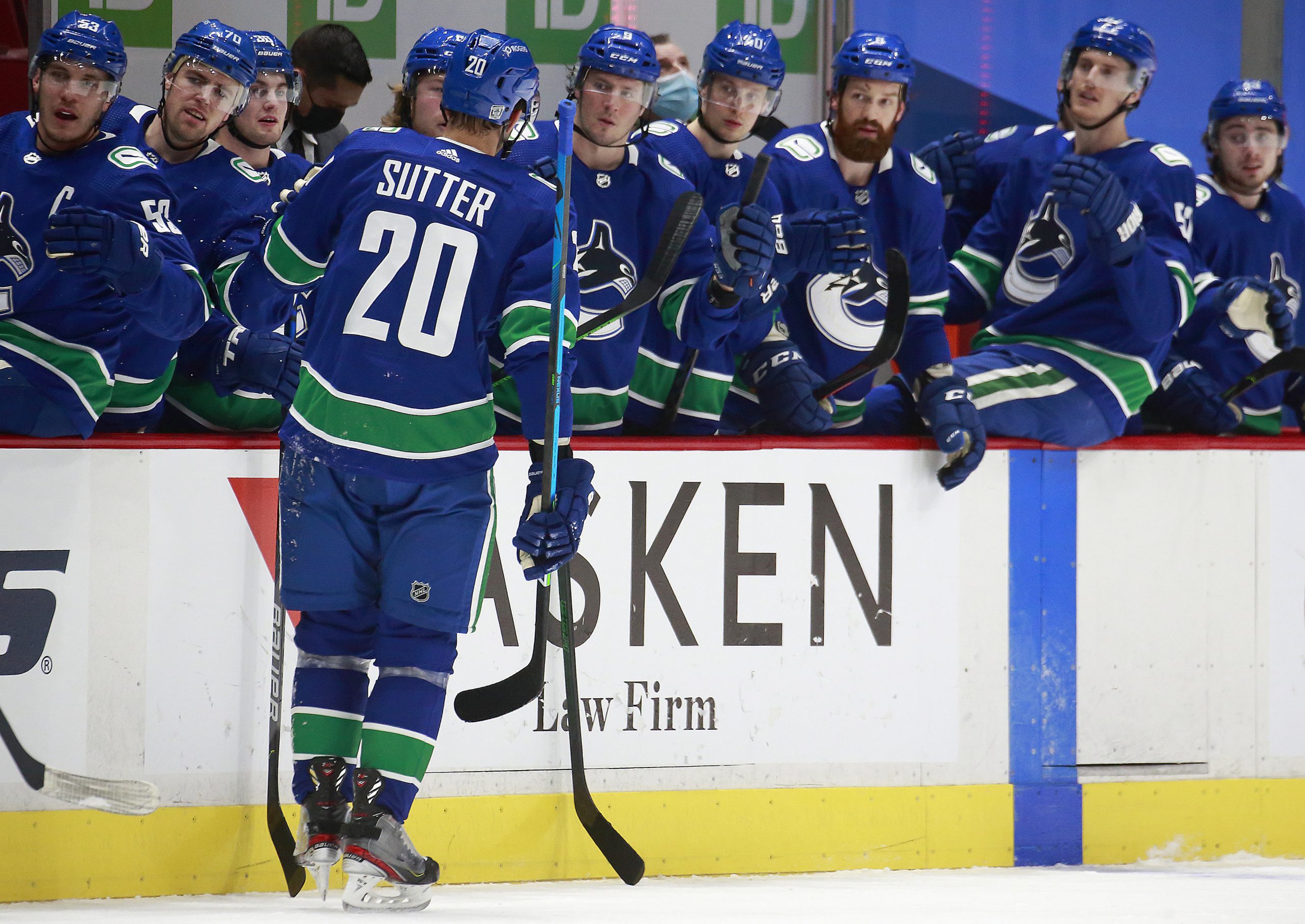Player development seems to always result in more questions than answers. How likely is it for a top pick to pan out? What makes a player a “steal”? Last Word On Hockey will be starting a new series on how to properly develop prospects from all different spots throughout the draft. This week’s piece involves top-15 picks and how they were used early in their careers.
Player Developments Of Top-15 Picks
In the span of 2005 through 2015, there were 21 total selections made between 11th overall and 15th overall on forwards playing in North America. Looking at all 21 forwards, they were split into different categories. Today, we’ll look at the category of “Forced”. That category had one player. That player was Brandon Sutter.
⚡️ Brandon Sutter appreciation tweet ⚡️ pic.twitter.com/Yhhh8Utk67
— Vancouver #Canucks (@Canucks) January 26, 2021
Player Development Of Brandon Sutter
Sutter, drafted 11th overall in the 2007 NHL Draft by the Carolina Hurricanes, came out of the Red Deer Rebels organization of the WHL. In his DY-1 season with the Rebels, he scored 22 goals and 24 assists for 46 points in 68 games, for 0.676 points per game. That ranked ninth out of 21 forwards in DY-1 production. The following season, Sutter would record 20 goals and 37 assists for 57 points in 71 games, for 0.803 points per game. That would rank 18th out of the same 21 forwards in DY production.
Sutter would remain in the WHL for another season, where he would score 26 goals and 23 assists for 49 points in 59 games. That was good for 0.831 points per game, ranking 17th out of the 20 forwards not yet playing in the NHL for DY+1 production. Following that season, he would make the jump to the NHL with the Hurricanes.
How Was Sutter Used?
In his first professional season, Sutter would split between the NHL and AHL. In the AHL, he would play 22 games, scoring four goals and eight assists for 12 points. Meanwhile, in the NHL, he would score just one goal and six points in 50 contests. He also averaged just 8:50 time on ice per game. Analytically, he showed some promise, however. Despite the very limited role, his even-strength offence goals above replacement (EVO) and even-strength defence goals above replacement (EVD) were surprisingly solid for a rookie in a tiny role. He would score a 0.4 EVO and 0.6 EVD, which led to other analytics reflecting his solid play. Sutter’s wins above replacement (WAR) was 0.7, while his goals above replacement (GAR) was up at 3.8.
With the promising underlying stats, Sutter would still split between the AHL and NHL, but mostly stuck with the top team. In the AHL, he would play just seven games, scoring one goal and four points. Meanwhile, in the NHL, he would play 72 games and average a much-improved 16:33 per game. In that much bigger role, he would score 21 goals and 19 assists for 40 points. Sutter’s offensive stats would improve, with an EVO of 3.4, but his defensive analytics dropped, with an EVD of -2.9. Overall, his WAR would still improve (1.4), with the same to be said about his GAR (7.9).
Full-Time NHLer, Brandon Sutter Has Moderate Success
In his third season, Sutter would play a full season at the NHL level. In all 82 games played, he would average 16:51 per game, a similar role to the year prior. With that role, he would record 14 goals and 15 assists for 29 points, a step back from the year before. However, he would become a better 200-foot player, at least based on underlying numbers. His EVO (3.6) would improve slightly, while his EVD (0.7) was not great, but exponentially better. However, his WAR (0.9) and GAR (4.8) would decline, despite the strides in the right direction, at least at even-strength.
Since that third season happened in 2010-11, he still remains in the NHL. However, he would play just one more season in Carolina, where he recorded 17 goals and 15 assists for 32 points in 82 games. Sutter would join the Pittsburgh Penguins the following year, and would play there for the next three seasons. He would score 45 goals and 33 assists for 78 points in 209 games as a Penguin. That’s when he would join the Vancouver Canucks, where he remains today. So far, he has played 275 games as a Canuck, scoring 54 goals and 50 assists for 104 points. His last NHL season was played in 2020-21, due to COVID symptoms keeping him from playing in 2021-22.
Junior league stats via Elite Prospects, NHL stats via Hockey Reference, NHL analytics via Evolving Hockey






